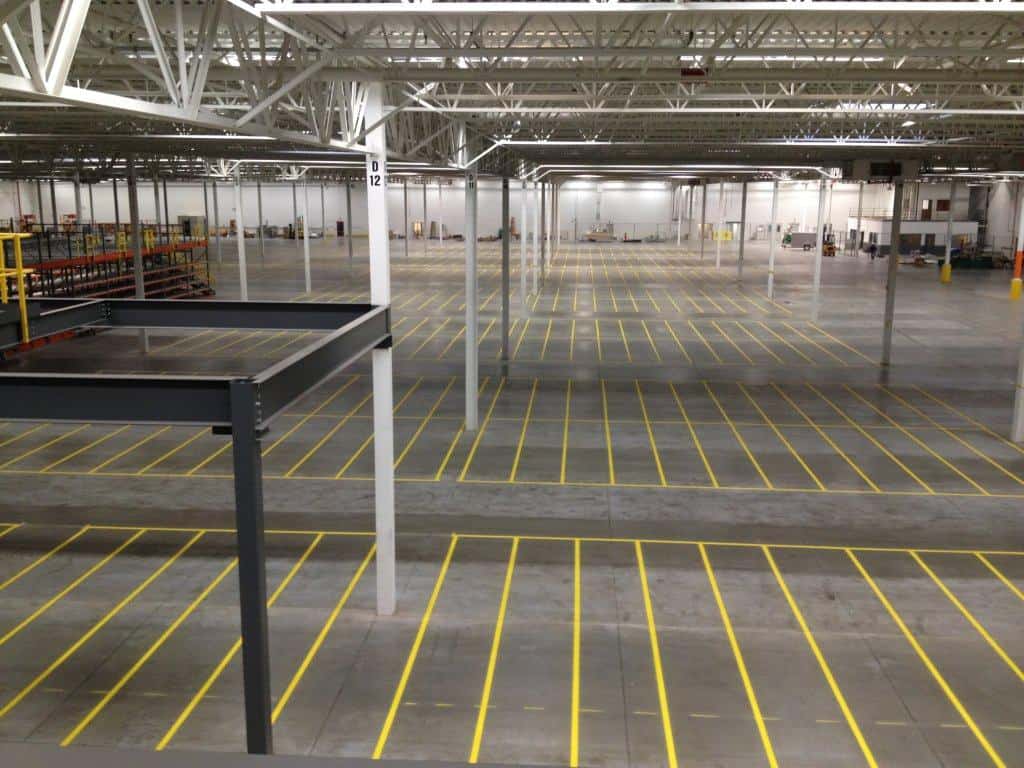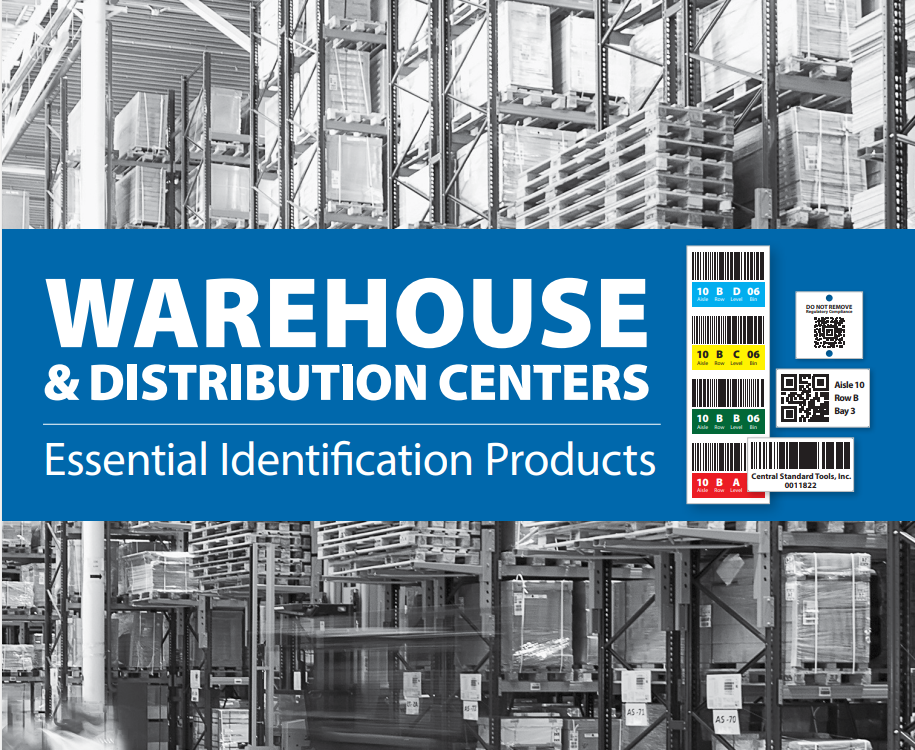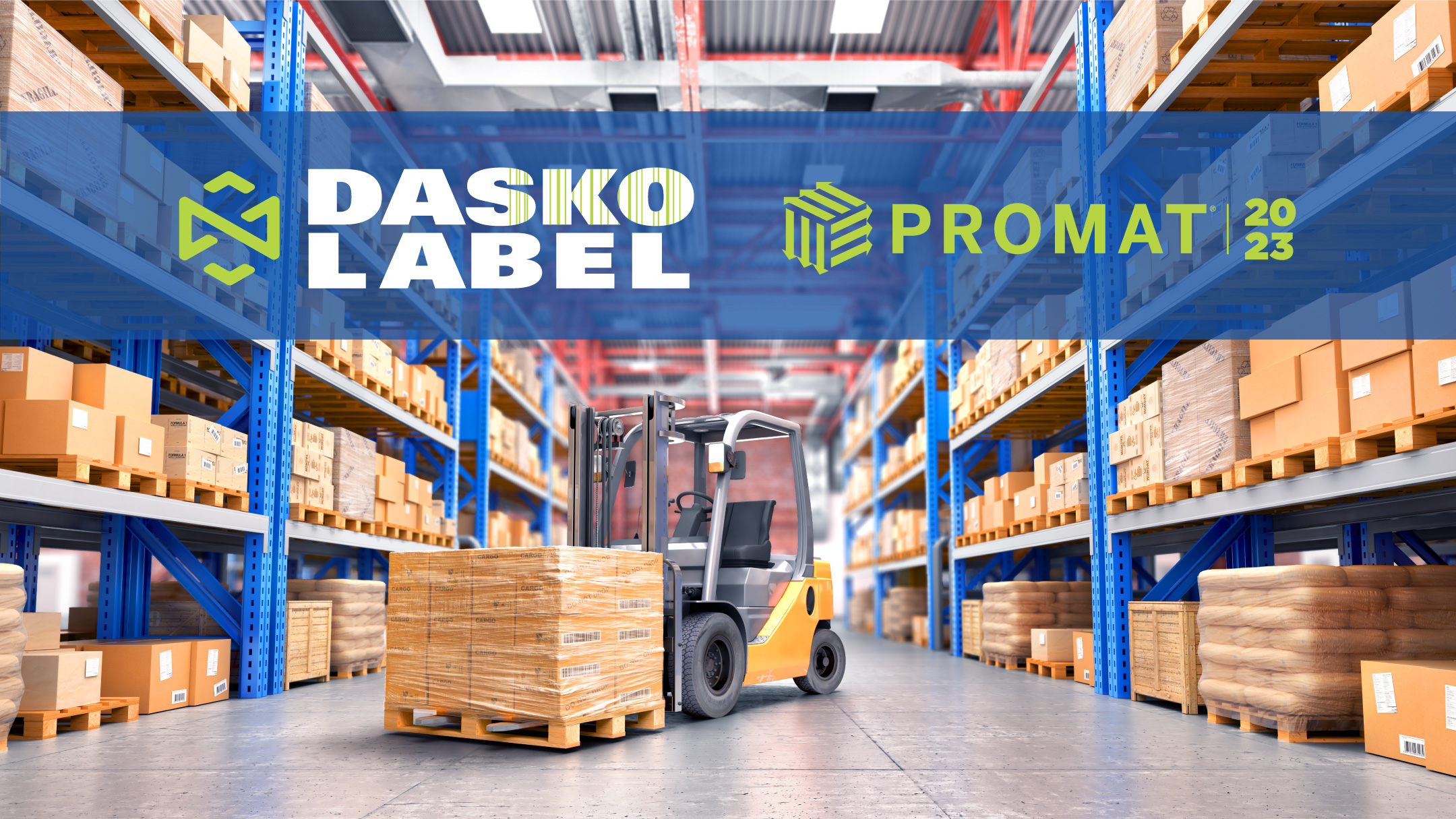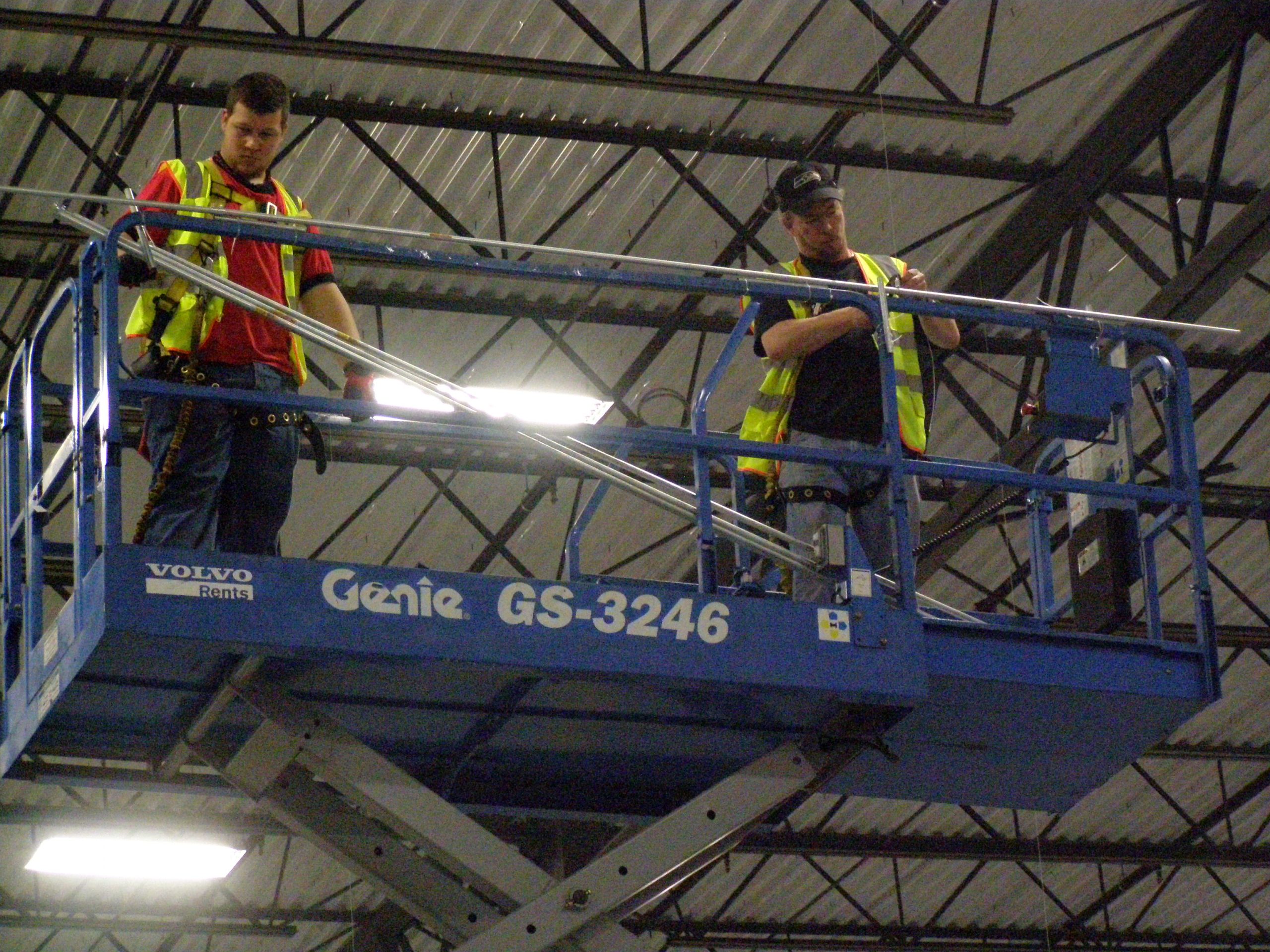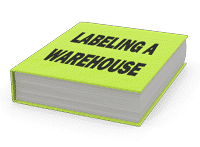When you picture a typical warehouse, you probably imagine a sea of pallets, loading docks, and forklifts. These are essential elements, of course, but they wouldn’t be nearly as functional without help from custom floor markings.
Meant to designate walkways and storage areas — or alert employees to safety standards — floor signs deserve credit for keeping employees safe while dramatically improving workflow efficiency. All too often, however, employers apply them without seriously thinking about what they mean or how they function.
What if, instead of treating floor signs as an afterthought, business leaders actually gave them the attention they deserve? With a little extra care, these signs could make a world of difference for facilities struggling with productivity or compliance. First, however, it’s important to understand the basic guidelines and philosophies that underscore these markings — which we’ve outlined in detail below:
Guidelines & Tips for Floor Markings
No one approach is ideal in all facilities, so it’s important to tailor your system of floor marking carefully to reflect the realities of your situation. You can select and utilize these solutions as you see fit, but a general lack of federal guidance or industry standards can make it difficult to know where to start.
OSHA Standards
The Occupational Safety and Health Administration (OSHA) provides limited guidance on floor markings. The agency highlights the need for clear aisles or passageways for forklifts, with recommended markings spanning between two and six inches. Specially designed floor marking tapes and paints are highly recommended for such purposes.
OSHA also advocates for the use of certain colors to get specific messages about safety across. There are no strict mandates, however, requiring certain colors to be used when they don’t apply exclusively to safety.
Facilities with unusual surfaces may be able to use traffic cones or flags in place of the usual painted lines or reflective tape. However, employees must be thoroughly trained so they understand which indicators will be used and what they mean. Often, floor label protectors provide the enhanced durability that high-traffic facilities require, so there’s no need to avoid floor markings when working.
American National Standards Institute
Floor marking guidance from the American National Standards Institute (ANSI) has evolved considerably over time. Prior to 2002, ANSI offered detailed color specifications relating to floor markings, particularly where safety was concerned. ANSI has since dropped this guidance, however, forcing many businesses to turn to other resources for guidance.
Other Methodologies
Because advice from OSHA and ANSI is limited, other methodologies may influence your approach. Lean warehousing procedures, in particular, are likely to play a heavy role in your floor-based optimization efforts.
5S Tape Standards
In the frequent absence of strict guidance from OSHA and ANSI, many businesses rely on the 5S method to determine when, where, and how specific types of floor markings should be used. This workplace organization system uses the following Japanese terms to describe how spaces can be optimized — and how positive outcomes can be maintained:
- Seiri (sort). Through careful sorting, it’s possible to remove unnecessary objects to expand usable space and limit hazardous obstacles. The working floor should be kept clear of excessive objects, which can instead be placed in red tag areas. Seiri may boost the visibility and general impact of floor markings.
- Seiton (set in order). This category is easily the most applicable for floor markings. It references the need to find and clearly mark an optimal place for every item. Labels should be used to denote fixed locations for critical items.
- Seiso (shine). Regular cleaning and inspection ensures an orderly and aesthetically pleasing workspace, thereby further improving workflow. Floor markings aid this effort by designating specific areas for cleaning or storage.
- Seiketsu (standardize). Visual controls play heavily into this category, with floor markings, in particular, providing clear indication of the most efficient procedures. These visuals can instantly remind employees of these processes, aiding in long-term efforts to implement a standardized approach.
- Shitsuke (sustain). As the self-discipline component of 5S, shitsuke references the need for workers to continue following the 5S approach. Training is essential, as are audits and regular worker input.
In recent years, many 5S proponents have added a sixth S to the mix: safety. Again, floor markings are critical for this new category, as they not only highlight hazards and emergency exit procedures, but also, promote orderly routes to limit collisions.
In addition to promoting 5S principles with strategic floor striping, facilities can educate employees about these principles with signs that define each S and succinctly explain how these concepts can be carried out in a warehouse environment.
Six Sigma
Another key methodology in lean manufacturing, Six Sigma aims to identify — and promptly remove — defects while also limiting variability. The goal: to boost efficiency and minimize waste.
Six Sigma draws on two main acronyms to promote its lean manufacturing ethos. These include DMAIC (define, measure, analyze, improve, control) for existing processes, as well as DMADV (define, measure, analyze, design, verify) for developing new processes.
As with the 5S method, Six Sigma can be carried out, in part, by bringing a systematic approach to warehouse design. This means not only implementing floor signs, but also, analyzing these systems to determine when they’re effective and when they require improvement. Additionally, Six Sigma can be promoted outright with signs that clarify the core principles that underscore this system.
General Floor Marking Guidelines
No matter which methodology you select, you’ll want to follow best practices for optimizing your warehouse. These can be difficult to discern at times, however, given the limited scope of OSHA’s guidance. Keep these essentials in mind as you get started:
- Color coding. Color provides a split-second visual cue, making it one of the most immediately impactful elements of any floor marking solution. The number of colors used should be limited, however, as too many will confuse employees and make it difficult to maintain a standardized approach. Specific color preferences may vary slightly between businesses or facilities, but typically, red is used for emergency functions (such as indicating the location of a fire extinguisher) while yellow marks potential hazards such as tripping or falling. These purposes are outlined in the OSHA standard 29 CFR 1910.144 — the Safety Color Code for Marking Physical Hazards. Beyond this, the 5S Color Standard can be used to determine ideal border colors.
- Aisles and lanes to direct traffic. OSHA standard 1910.76 explains that “permanent aisles and passageways must be appropriately marked.” What constitutes “appropriate” however, is left up for interpretation. Ideally, when forklifts are heavily utilized, dedicated passageways will keep pedestrians away from potentially dangerous vehicles. These can be designated with floor marking tape highlighting both pedestrian and traffic lanes. Also helpful? Floor signs that contain text cautioning pedestrians to watch for forklift traffic.
- Workplace safety signs. While aisle markings and color-coding promote safety by keeping people and equipment in their proper locations, extra information may sometimes be needed to keep employees safe. In addition to the exit and forklift signs mentioned previously, facilities often contain signs designating the need for personal protective equipment (PPE) due to nearby health hazards. Exposure can also be limited with floor signs that designate spaces in which hazardous materials are stored. Finally, they can direct employees to first aid kits and eyewash stations.
- COVID. Many facilities utilized social distancing indicators during the height of the COVID era. Footprint signs, for example, helped employees gauge what, exactly, it meant to remain six feet apart. The pandemic provides a key example of the flexibility that floor signs provide in times of social and industrial upheaval.
- Exit routes. Employees should be easily capable of identifying exits in emergencies or other potentially low-light situations. Exit floor markings highlight the safest routes through the facility to guide employees towards the exit. Shapes such as arrows help to immediately convey critical exit information, while anti-slip and anti-skid solutions improve traction. Glow-in-the-dark striping solutions are ideal for low-light settings, particularly near doorways, stairways, and egress areas.
Improving Warehouse Floor Markings
Whether you’re just getting started with implementing warehouse floor markings or have been using them for some time, there’s always room for improvement. Small changes can make a huge difference, so it’s worth your while to assess your current approach and determine which changes might better promote safety and productivity.
Our team at DASKO LABEL is happy to help. We offer a variety of cost-effective floor labeling solutions. From warehouse floor striping to custom-designed safety labels, we’re here to provide the targeted assistance you require. Contact us today to learn more about the role that our solutions can play in your warehouse operation.
Other Sources: https://www.osha.gov/laws-regs/regulations/standardnumber/1910/1910.22

